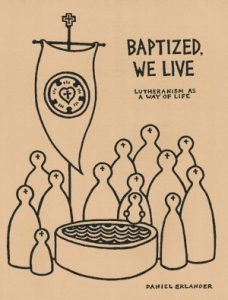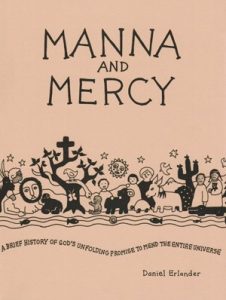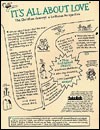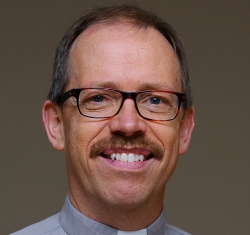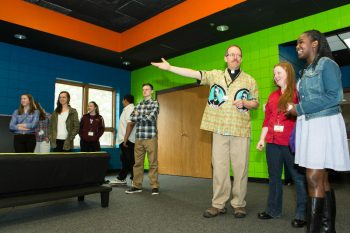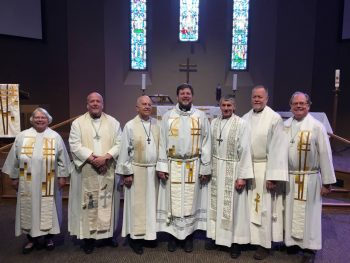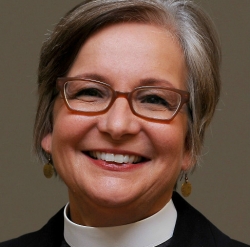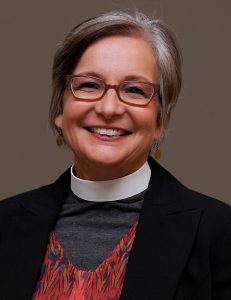Augies and Gusties and Norse, Oh My
April 25th, 2017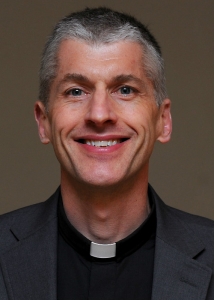 By Rev. Craig Pederson
By Rev. Craig Pederson
At the change of each season, I relish the opportunity to return to the campus of my alma mater, Gustavus Adolphus College in St. Peter Minnesota. I have the privilege of serving on the college’s Board of Trustees. Meetings of the board are generally held over the course of two very full days, during which we hear updates from administration and faculty members on the college’s strategic plan, enrollment outlook, fundraising efforts, curriculum development, and other important areas of campus life.
The board also spends time in breakfast and lunch gatherings with current students. As we dine on cafeteria food far superior to what I remember as a student, we learn about their incredible drive and passion for their areas of study, as well as their participation and leadership in extracurricular activities that encompass about as broad a range as one can imagine: music, arts, sports, theater, community volunteering, ministry groups, martial arts, academic clubs, interfaith dialogues, justice groups, knitters . . . phew! They are truly impressive students – so much so that after each of those gatherings, board members grow more firmly convinced that we might never have been admitted to the college if we were competing with these students!
Every ELCA college has a story to tell about how faith was foundational to its beginnings, and how faith continues to propel its mission into the future.
As I made the quarterly trip to Gustavus last week, I reflected on how the alumni and friends of other ELCA colleges and universities make similar trips to provide leadership and stay connected to these institutions of higher education. Although a lot of work, it is highly rewarding to serve this way and provides an opportunity to give back to these places that challenged, nurtured, and prepared us at a highly impactful time of life.
AS CHURCH-RELATED institutions, Gustavus and other ELCA colleges are also concerned with their relationships to the church and the broader community beyond their campuses. Gustavus relates to the broader church through an Association of Congregations. Augsburg is linked with several congregations and institutions to serve the Cedar-Riverside neighborhood through incredibly innovative programming. Every college has a story to tell about how faith was foundational to its beginnings, and how faith continues to propel its mission into the future.
Perhaps the greatest impact beyond campuses, however, is that our Minneapolis Area Synod congregations are generously populated by thousands of graduates from our 26 ELCA colleges and universities. These faithful folks are “salt and light” in our churches through their liberal arts curiosity, their commitment to working through challenges, and their love of Lutheran heritage.
Your synod office is also made up of several grads of ELCA colleges – three from Concordia, three from Gustavus, two from Augsburg, one from St. Olaf. As you might imagine, we have friendly rivalries about who’s the “best” – but we realize and celebrate that we are ultimately blessed to have so many fine Lutheran colleges in such close proximity.
And now, a word of acknowledgement: I know there are many more graduates from non-Lutheran colleges and universities in our congregations, as well as people who chose not to attend college at all. Please know that we are grateful for you, too! We need the gifts, passions, and commitment of all God’s people to enliven our churches.
These faithful graduates of Lutheran colleges are “salt and light” in our churches through their liberal arts curiosity, their commitment to working through challenges, and their love of Lutheran heritage.
Please pray for college students as they approach the end of the school year, and especially for those who will be graduating. Pray also for graduating high school students who are awaiting acceptance letters and making their college choices. I hope many of them will choose an ELCA college – I believe they will be glad they did!


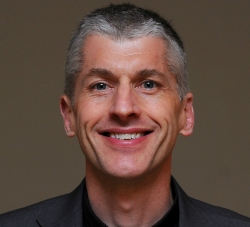
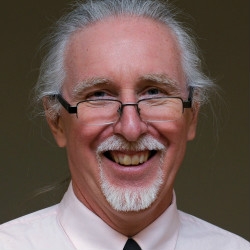
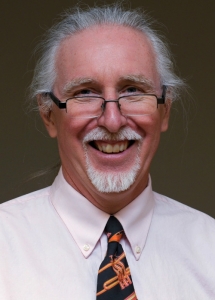
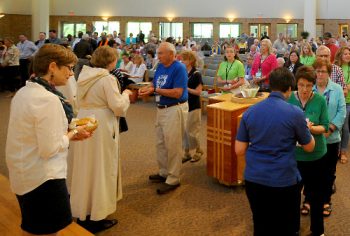 The business agenda will include budget adjustments and constitutional changes, as well as discussion of one resolution (engaging our Muslim neighbors). Since there are fewer resolutions than recent years, synod leaders are planning table discussions around a couple of issues that are before many of our congregations – racism and sanctuary congregations. Everyone has a voice in these conversations.
The business agenda will include budget adjustments and constitutional changes, as well as discussion of one resolution (engaging our Muslim neighbors). Since there are fewer resolutions than recent years, synod leaders are planning table discussions around a couple of issues that are before many of our congregations – racism and sanctuary congregations. Everyone has a voice in these conversations.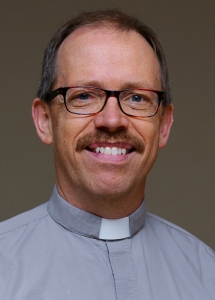 By Pastor John Hulden
By Pastor John Hulden